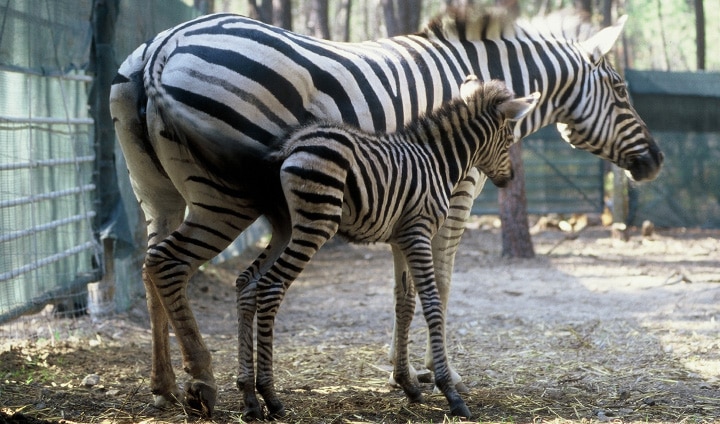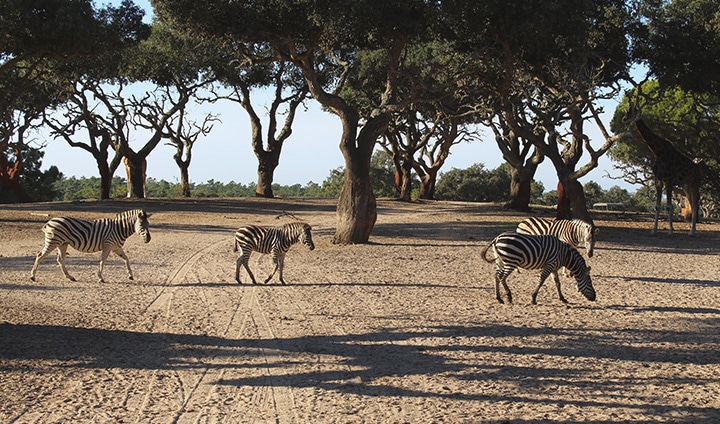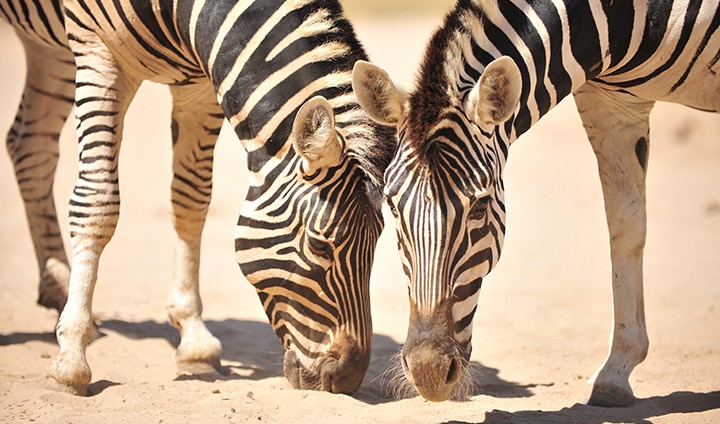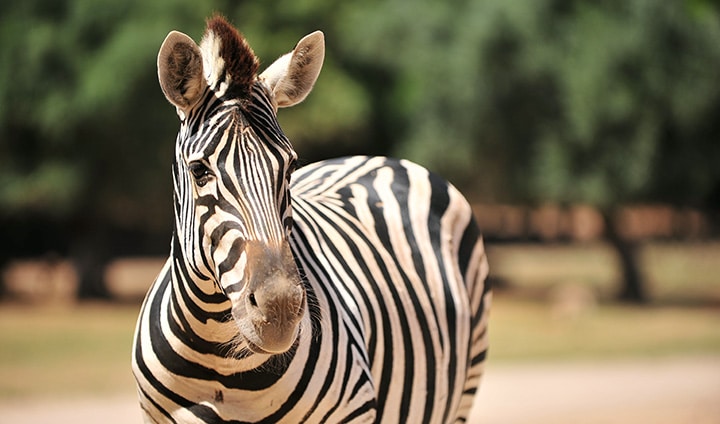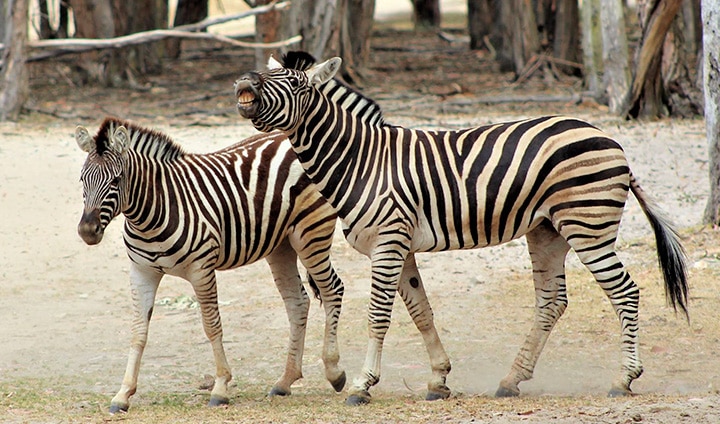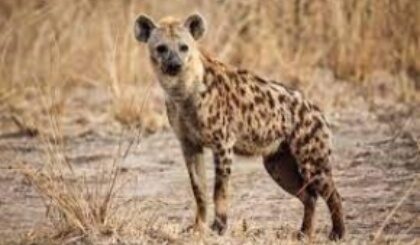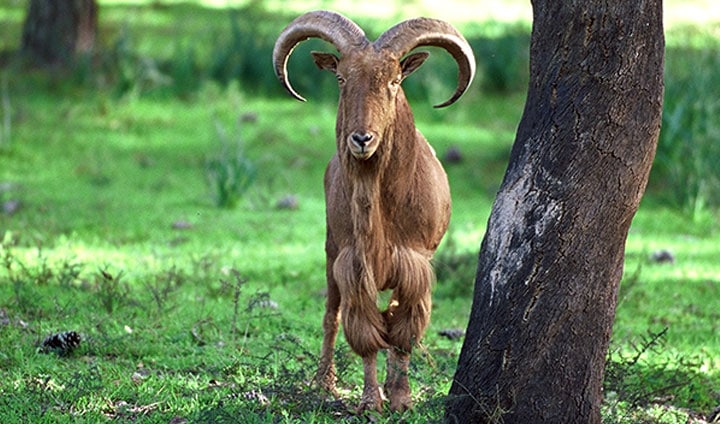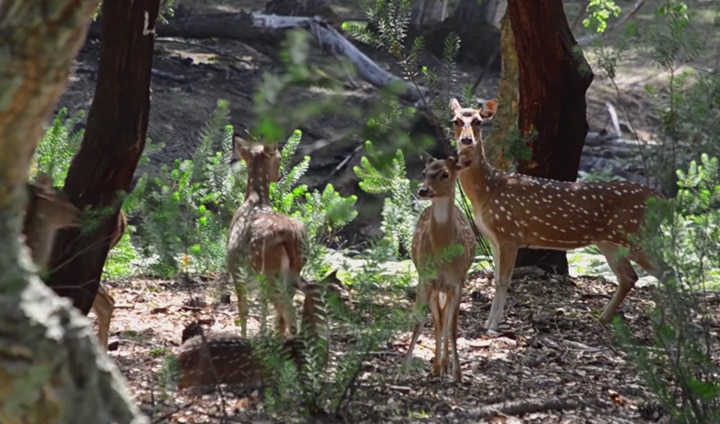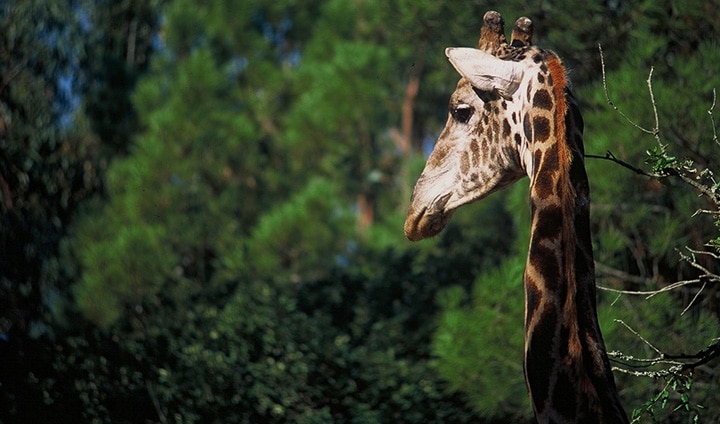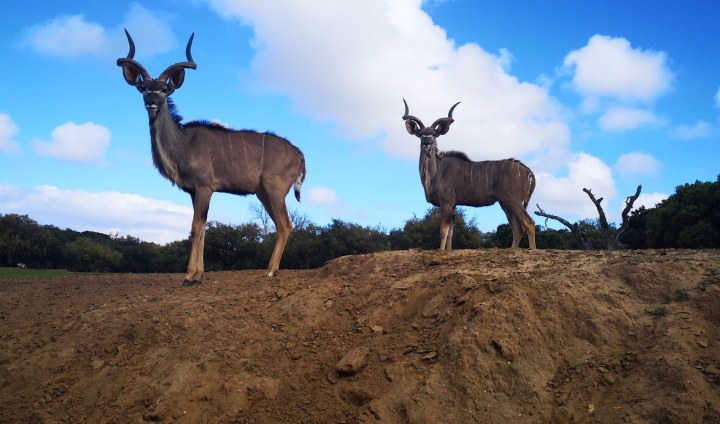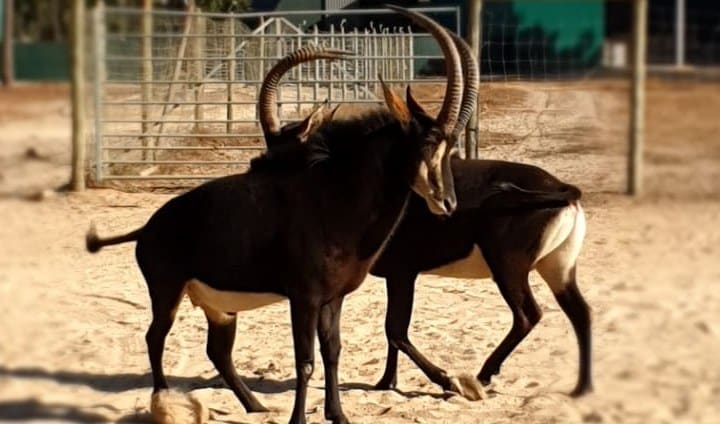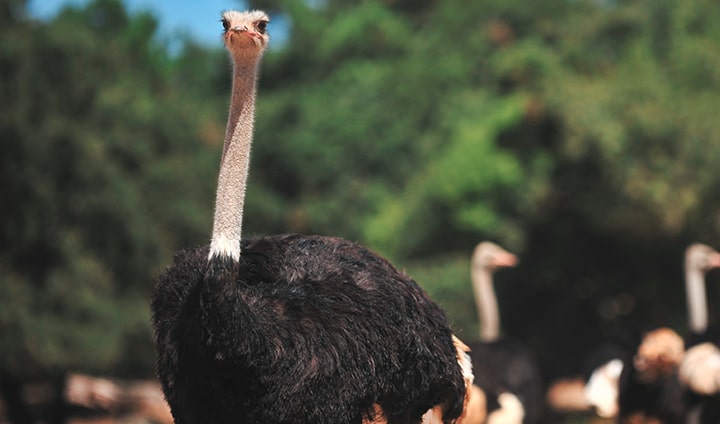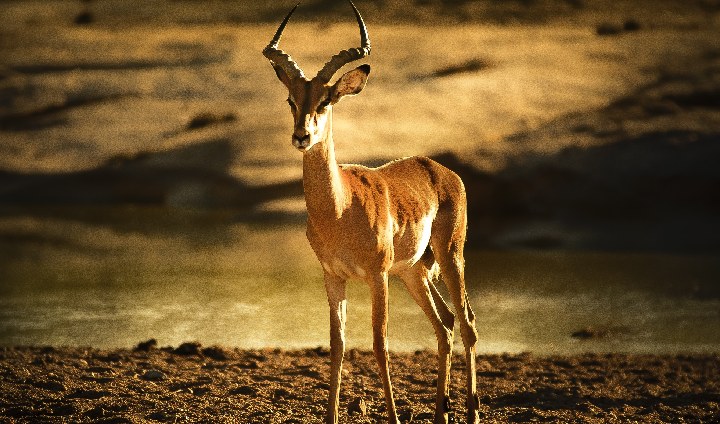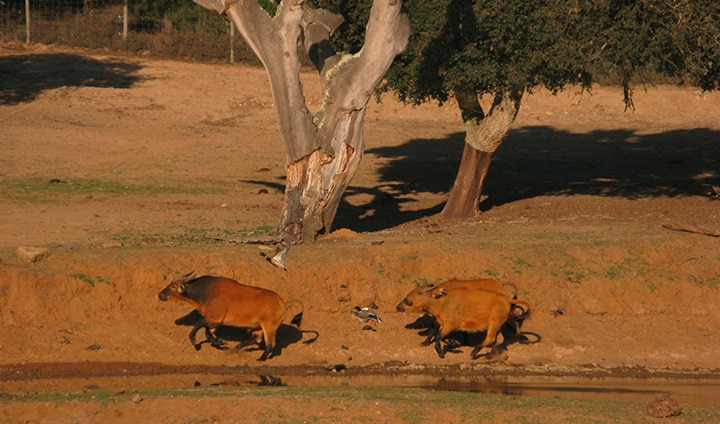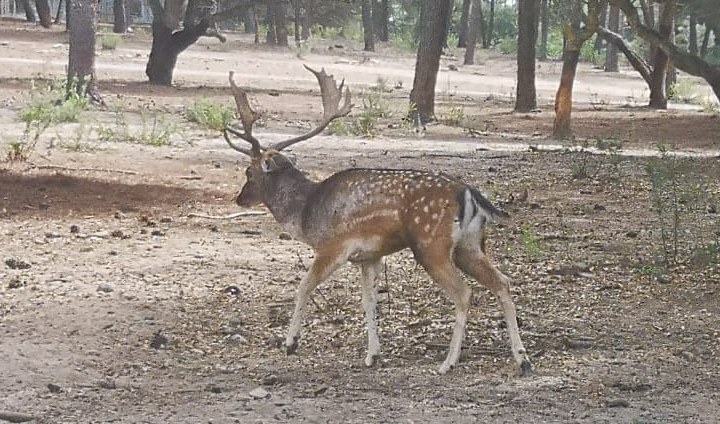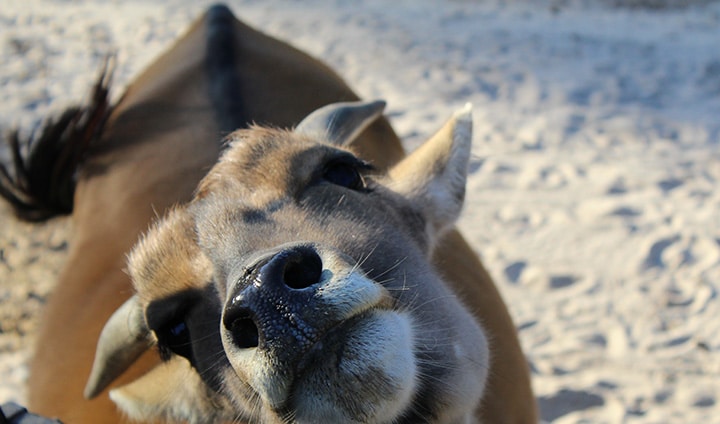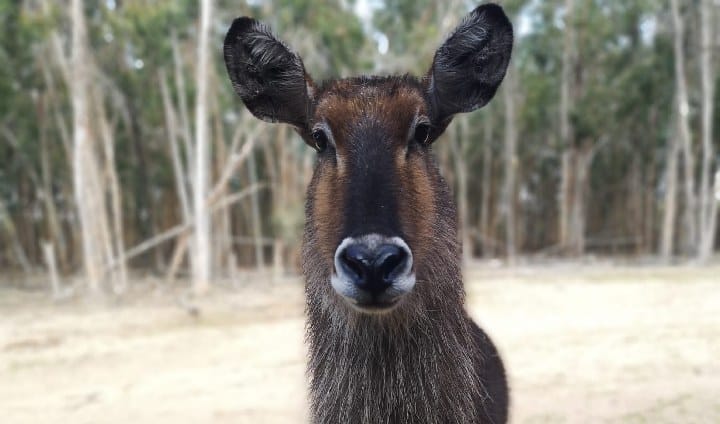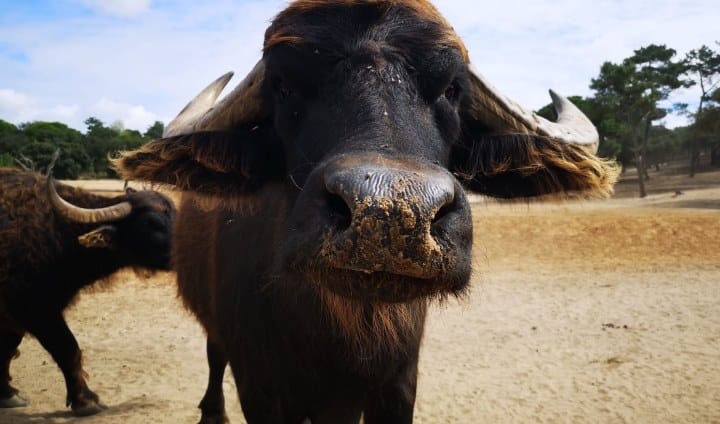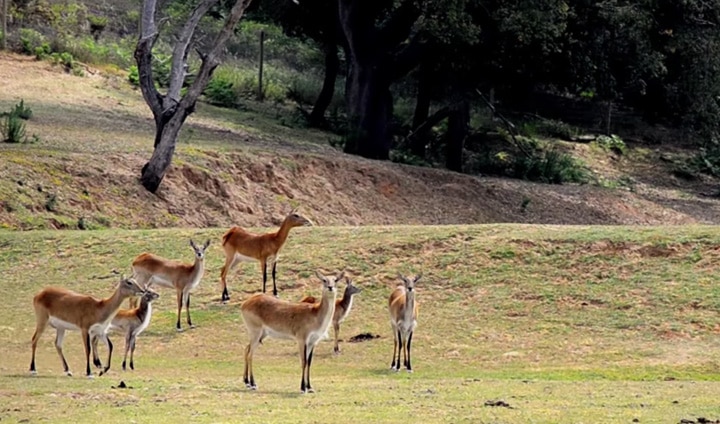Distribution and Habitat: This species geographical distribution extends throughout all southeastern Africa. The biggest concentrations are in the plains of Kenya and Tanzania. They prefer savanna areas and open pasture fields, and sometimes woods. They can also venture up to 4000 m in altitude.
Diet: Zebras are herbivores, feeding mainly (90%) on grass, the remaining 10% being leaves and shrubs they can find. They have an extremely well-prepared mouth cavity, in order to grind all the fiber they ingest and, it is with a large amount of fiber that zebras get energy.
Reproduction: The breeding system is polygamous, that is, there is a dominant male who leads the group and is the only one that can reproduce with the harem of females. Zebras can breed throughout the year, although there is a higher frequency in the early months of each year. During females´ first two years of life, they demonstrate “heat behavior” although there is no egg release. When pregnancy occurs, it lasts about 8 months. When delivery approaches, the parents tend to separate from the group. Weaning of the calf takes place at around seven to eleven months of age. The foals achieve independence between their first and the third years of life.
Behaviour: Zebras are extremely social animals and live permanently in family groups, usually with a dominant male, around six females and foals. The social relationship between all females is essential for the functioning of each group. The hierarchical place of each female is defined by their age and is easily visible when zebras move in a row. Allogrooming (physical contact between individuals) is essential for maintaining social relations.
Conservation Status: Vulnerable (VU)
Class: Mammalia
Order: Perissodactyla
Family: Equidae
Dimensions: 2.17 m – 2.50 m length
Weight: 175 kg – 380 kg
Lifespan: 40 years in captivity and 9 to 20 years in the wild



